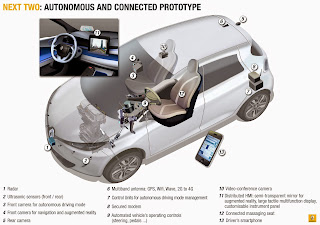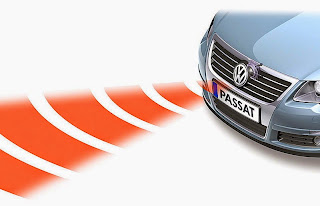In one month, CESA 3.0 will be held in the south of Paris. This unique and international event will bring together more than 400 participants (directors, managers, heads of department, engineers, researchers and technicians). An exceptional line-up of guests and speakers will be present for the occasion. Would you be interested to be a sponsor of the event ? Some advertising and sponsoring packages are still available, but you should hurry. Companies such as AVL, Continental Automotive, Infineon, STMicroelectronics, TE Connectivity and Vector are partners of the event. Great names of automotive industry have also booked to be in the exhibition space, including PSA Peugeot Citroën, Renault, Continental, ST, Valeo Vector, AVL, Bertrandt, ESG, IAV, Mentor Graphics, TE Connectivity, HRS (Hirose Electric Europe), Serma Technologies, Verifysoft Technology, Tyco, Qtronic, IPG and two french clusters (Mov'éo and Automotech).

.jpg)

.JPG)






.jpg)




































